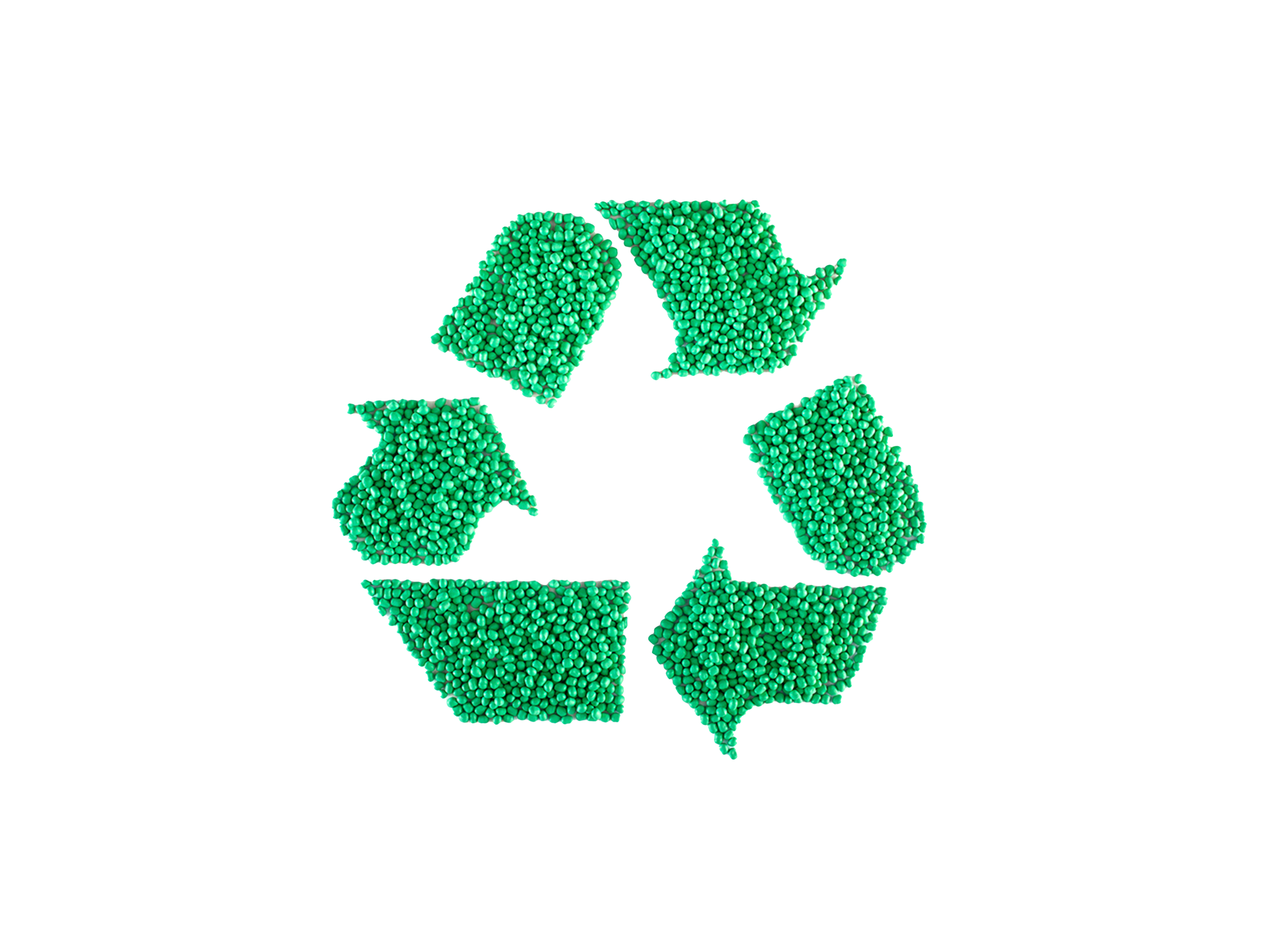Home >The History of PVC (Polyvinyl Chloride) >The History of PVC (Polyvinyl Chloride)
The History of PVC
In the vast landscape of modern materials, few have left as significant a mark as polyvinyl chloride, better known as PVC. The history of PVC has a humble beginning, starting its journey from an accidental discovery to a product we use in our day-to-day lives. It’s a fascinating tale of scientific curiosity, innovation, and the relentless pursuit of improvement. Let’s dive into the captivating history and enduring legacy of PVC.

The Accidental Discovery
Cast your mind back to the 19th century. In 1835, amidst the bustling scientific community, French chemist Henri Victor Regnault made a serendipitous discovery. While experimenting with polymer substances, sunlight triggered an unexpected chemical reaction, causing them to harden. Little did Regnault know that his inadvertent observation would lay the groundwork for PVC’s future.
But the story doesn’t end there. Nearly four decades later, in 1872, German chemist Eugen Baumann experienced a similar revelation. Once again, exposure to sunlight led to the transformation of polymer substances into hardened material. Two accidental discoveries, separated by time and geography, yet united by the same fortuitous phenomenon.
The Path to Perfection
While Regnault and Baumann’s discoveries were ground-breaking, it was the work of Waldo Semon that truly propelled PVC into the spotlight. In 1913, Semon, a distinguished chemist, embarked on a quest to unlock PVC’s full potential. Through meticulous experimentation, he achieved a breakthrough: the plasticization of PVC.
Semon’s innovation was transformative. By rendering PVC flexible and robust, he revolutionized its utility. By 1926, Semon had perfected PVC, making it accessible for widespread use. His contributions marked a turning point, catapulting PVC from a curiosity to an indispensable material.
PVC’s Wide-Ranging Applications
The versatility of PVC knows no bounds. From plumbing and construction to healthcare and packaging, PVC’s applications span a myriad of industries. Its durability, cost-effectiveness, and ease of fabrication have made it a cornerstone material in modern manufacturing.
Moreover, PVC’s adaptability to various manufacturing processes has further expanded its utility. Whether moulded, extruded, or fabricated into intricate forms, PVC’s versatility shines through, enabling innovation across diverse sectors.

A Sustainable Future
In the pursuit of sustainability, PVC continues to evolve. Efforts to improve recycling methods, reduce environmental impact, and develop bio-based alternatives underscore PVC’s commitment to a greener future. As technology advances and awareness grows, PVC remains at the forefront of sustainable materials innovation.
Conclusion: PVC’s Enduring Impact
The journey of PVC, from accidental discovery to indispensable material, is a testament to the power of scientific curiosity and innovation. Thanks to the pioneering work of individuals like Henri Victor Regnault, Eugen Baumann, and Waldo Semon, PVC has cemented its place in history and will continue to shape the future of materials science for generations to come.
In conclusion, the story of PVC is one of resilience, adaptability, and endless possibilities. As we look ahead, let us marvel at the enduring legacy of this remarkable material and the countless innovations it has yet to inspire.